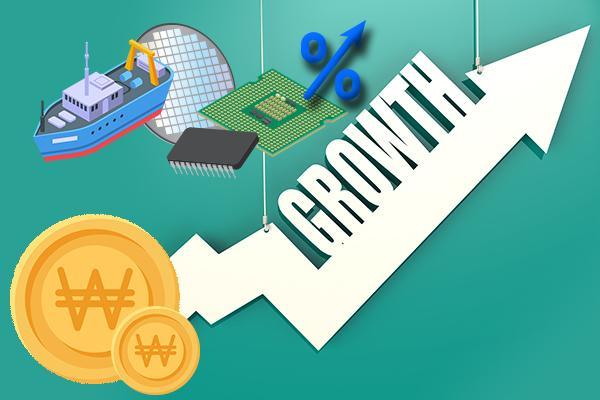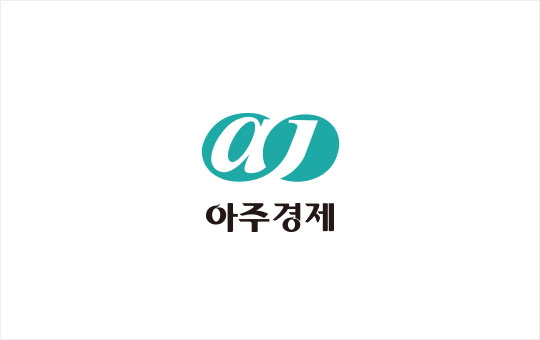
SEOUL, October 29 (AJP) - South Korea’s economy is showing clearer signs of recovery, led by rebounding semiconductor exports and stronger outbound shipments, suggesting that the country may have passed the bottom of the current downturn.
According to preliminary data released by the Bank of Korea on Monday, real gross domestic product (GDP) grew 1.2% in the third quarter from the previous quarter, beating market expectations of 1.0%. It marked the fastest quarterly expansion in a year and a half, driven by stronger exports of chips and autos as well as government measures to boost consumer spending.
Economists said the recovery is evident but remains moderate. Many forecast growth to stay in the mid-1% range next year.
Cho Dong-geun, professor emeritus of economics at Myongji University, said the rebound in the semiconductor industry has been the key driver. “AI-related chips are fueling the turnaround, with SK hynix and Samsung Electronics leading the recovery across the broader industrial landscape,” Cho said.
He added that rising chip exports are improving corporate earnings, which in turn support wages and domestic consumption. “When companies make profits, those gains circulate back into the domestic economy,” he said. However, Cho cautioned that “domestic demand remains weak, as seen in the rise of small business closures and sluggish service-sector activity.”
He stressed the need for a more business-friendly environment, saying, “Regulatory easing and tax incentives would help companies expand. High inheritance taxes, for instance, discourage firms from raising share prices. Relaxing those taxes or expanding investment credits could create a virtuous cycle for corporate growth and domestic demand.”
Kim Jeong-sik, an economics professor at Yonsei University, said the government’s two supplementary budgets this year boosted public spending and helped lift consumption. “The combination of fiscal expansion and export recovery has driven growth higher,” he said.
Kim projected next year’s GDP growth could reach 1.6% to 1.8% if trade negotiations between South Korea and the United States conclude smoothly. “Domestic demand is still fragile, but if the government uses its fiscal resources efficiently to support the construction sector, gradual improvement is possible,” he said.
He added that the outcome of the Korea-U.S. trade talks would be a “crucial factor” shaping the upper end of next year’s growth outlook.
Lee Hong-joo, a consumer economics professor at Sookmyung Women's University, attributed the stronger-than-expected 1.2% quarterly growth—up from an earlier estimate of 0.8%—to broad-based industrial improvements. “Orders for large offshore plant projects in the shipbuilding sector, increased defense exports, and rising semiconductor shipments all contributed to the positive momentum,” he said.
Lee noted that both public and private consumption rose, not only due to short-term stimulus measures such as shopping coupons, but also because “those incentives encouraged additional spending, creating a multiplier effect that expanded overall consumption.”
Still, he pointed to ongoing weaknesses in construction and agriculture as drags on the recovery. “Conditions will likely improve in 2025 and 2026, but it’s too early to say the economy has entered a full-fledged rebound,” he said.
Economists agree that while the third-quarter GDP data signal a turning point, South Korea’s recovery remains uneven. Without a stronger rebound in domestic demand and construction, they say, the economy may struggle to enter a sustained expansion phase.
Overall, most experts share the view that South Korea has passed its lowest point and entered a gradual recovery cycle—but its pace will depend heavily on policy direction and external economic conditions.
Copyright ⓒ Aju Press All rights reserved.




